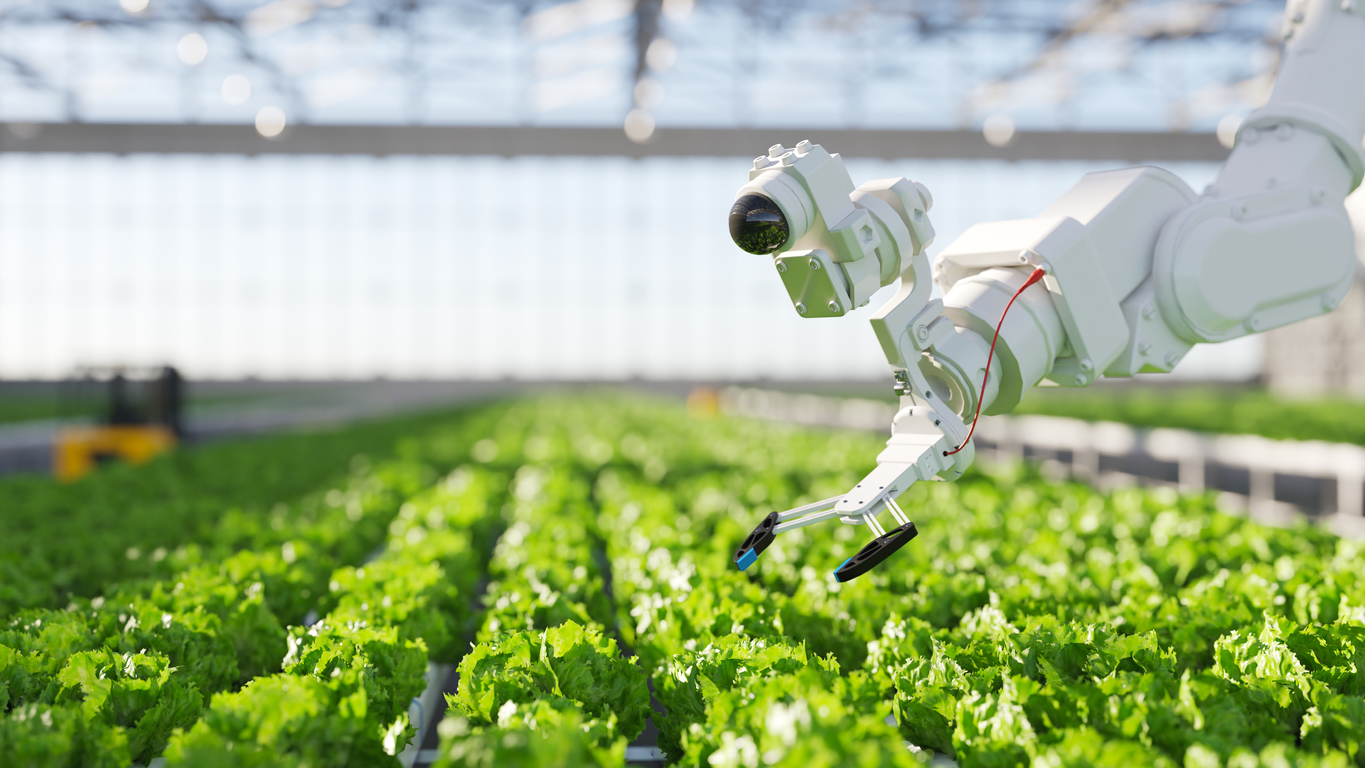In recent years, the world has witnessed a remarkable transformation in the field of agriculture. Traditional farming methods are giving way to modern, technology-driven approaches. Agricultural automation is at the forefront of this revolution, with a myriad of innovations and trends reshaping the way we produce food. In this blog post, we will explore the latest trends and innovations in agricultural automation that are poised to redefine the future of farming.
- Autonomous Farming Machinery
One of the most significant trends in agricultural automation is the development of autonomous farming machinery. These machines are equipped with advanced sensors, GPS technology, and artificial intelligence (AI) algorithms, allowing them to perform various tasks without human intervention. Autonomous tractors, for example, can plow, plant, and harvest crops with remarkable precision.
The benefits of autonomous farming machinery are numerous. They can operate around the clock, increasing efficiency and productivity. Additionally, they can reduce the need for manual labor, which is particularly important in regions facing labor shortages. These machines can also optimize the use of resources such as water and fertilizers, leading to more sustainable farming practices.
- Precision Agriculture
Precision agriculture is another trend that is gaining momentum in the agricultural sector. This approach involves using data-driven technologies to optimize various aspects of farming, including planting, irrigation, and pest control. Farmers can collect data from sensors, drones, and satellites to make informed decisions about when and where to apply resources.
By implementing precision agriculture techniques, farmers can reduce waste, minimize environmental impact, and increase crop yields. For instance, soil moisture sensors can help determine the exact amount of water needed for irrigation, reducing water usage and costs. Similarly, precision planting technology can ensure that seeds are planted at the ideal depth and spacing for optimal growth.
- Vertical Farming
Vertical farming is a novel approach to agriculture that involves growing crops in stacked layers or vertically inclined surfaces, often in controlled indoor environments. This trend is gaining traction, especially in urban areas where arable land is scarce. Vertical farms use advanced automation systems to control factors like temperature, humidity, and lighting to create ideal growing conditions.
The advantages of vertical farming are numerous. It allows for year-round cultivation, eliminating the seasonal constraints of traditional farming. Additionally, it significantly reduces the need for pesticides and herbicides, as the controlled environment minimizes the risk of pests and diseases. Vertical farming also conserves water by using hydroponic or aeroponic systems that recirculate water, making it an eco-friendly option.
- Robotics in Agriculture
Robotic systems are becoming increasingly prevalent in agriculture, performing tasks that were once labor-intensive and time-consuming. These robots are designed for various functions, such as weeding, harvesting, and sorting crops. They are equipped with computer vision and machine learning capabilities, enabling them to identify and handle crops with precision.
The adoption of agricultural robots not only reduces the physical demands on farm labor but also addresses labor shortages in many regions. These robots can work tirelessly, day and night, enhancing the efficiency of farming operations. Moreover, they can collect valuable data about crop health and yield, enabling farmers to make data-driven decisions.
- Smart Farming and IoT
The Internet of Things (IoT) has found its way into agriculture through the concept of smart farming. In smart farming, various devices and sensors are interconnected to collect and share real-time data about the farm environment. This data can include information on soil conditions, weather forecasts, and equipment performance.
By harnessing the power of IoT, farmers can monitor their farms remotely and make timely adjustments as needed. For example, if a sensor detects an increase in soil moisture, it can trigger an automated irrigation system to conserve water. Likewise, IoT-enabled weather stations can provide accurate weather forecasts, helping farmers prepare for adverse weather conditions.
- Artificial Intelligence and Machine Learning
Artificial intelligence (AI) and machine learning (ML) are playing a pivotal role in agricultural automation. These technologies enable predictive analytics, allowing farmers to anticipate issues like crop diseases or equipment failures before they occur. AI algorithms can analyze vast amounts of data to provide insights that lead to better decision-making.
For instance, AI-powered image recognition can identify diseases or pests in crops, enabling early intervention and reducing crop loss. ML algorithms can also optimize planting and harvesting schedules based on historical data and current conditions. As AI and ML continue to advance, they will become indispensable tools for modern farmers.
- Blockchain for Supply Chain Transparency
Blockchain technology is making inroads into the agricultural sector, particularly concerning supply chain transparency. By utilizing blockchain, farmers can record every stage of the production process, from planting and harvesting to packaging and distribution. This creates an immutable ledger of information that consumers can access to trace the origin and journey of their food.
Blockchain enhances trust and transparency in the food supply chain, which is increasingly important to consumers concerned about food safety and sustainability. It can also help in tracking and preventing foodborne illnesses by quickly identifying the source of contamination.
Conclusion
The future of agriculture is undoubtedly intertwined with automation and technology. These emerging trends in agricultural automation promise increased efficiency, sustainability, and productivity in an industry that is vital to the well-being of our global population. As technologies continue to advance, farmers and agribusinesses must embrace these innovations to meet the growing demand for food while minimizing the environmental impact of agriculture. By staying at the forefront of these trends, the agriculture industry can pave the way for a more prosperous and sustainable future.




